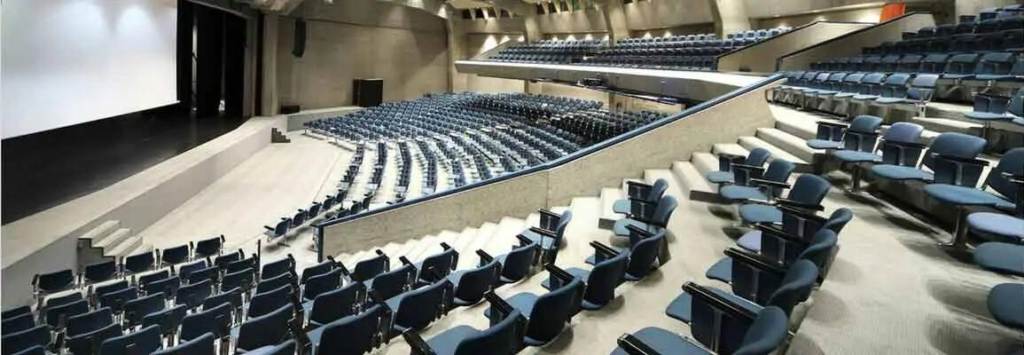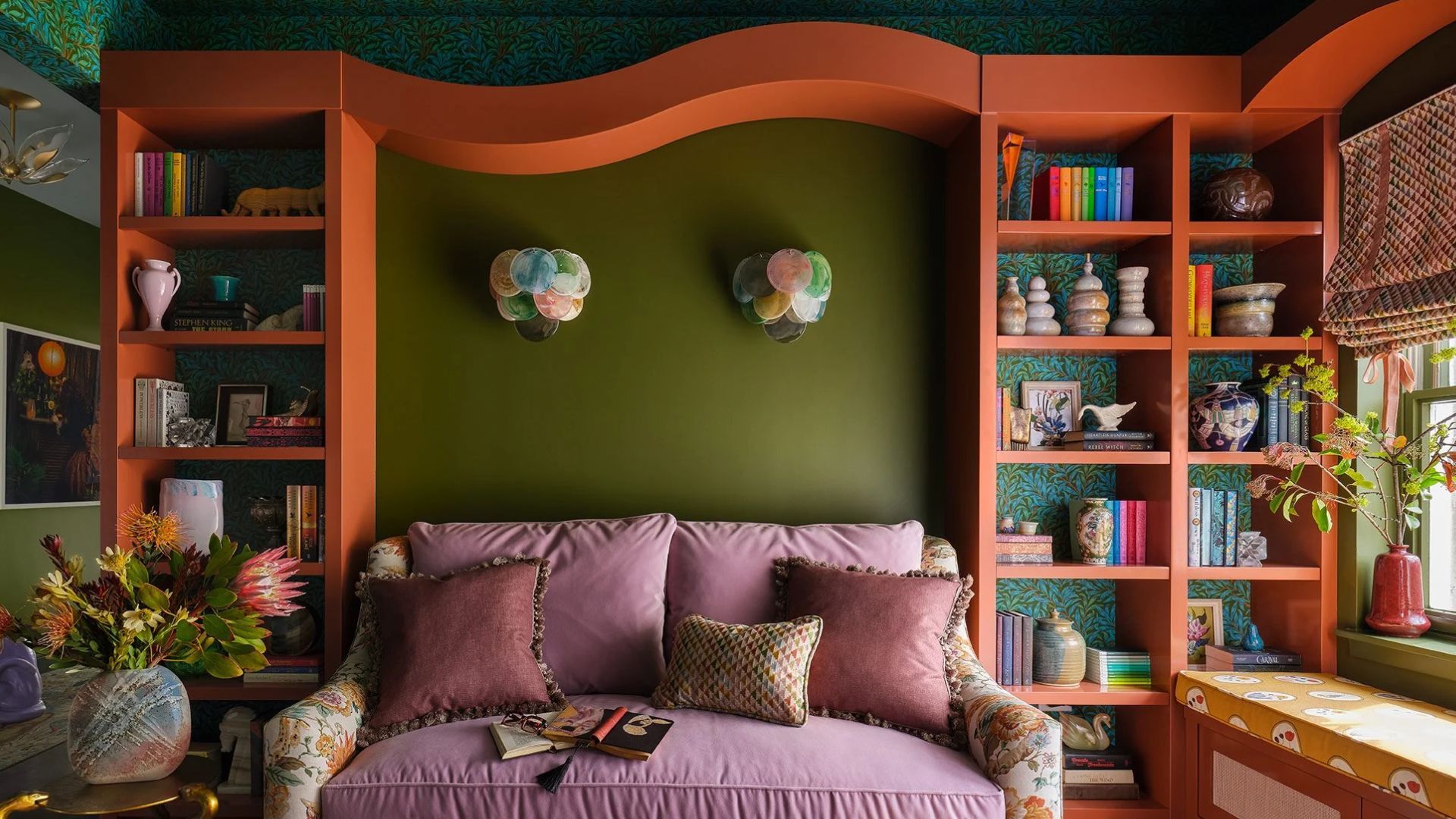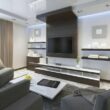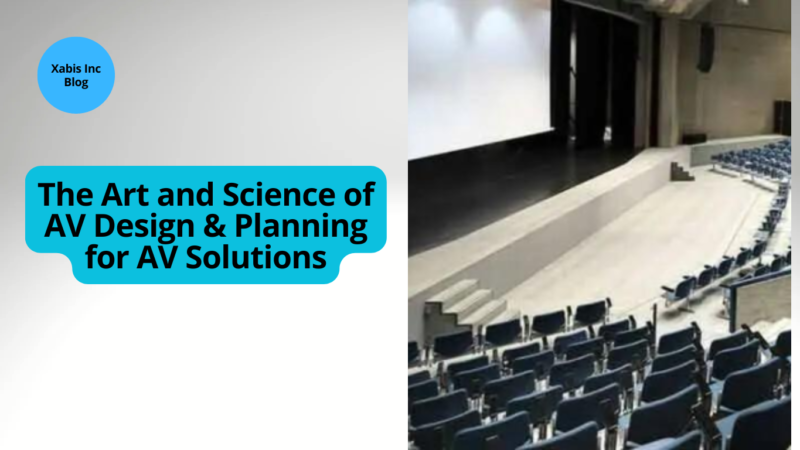Have you ever attended a concert with audio so crisp it sounded as if the band were performing directly in front of you? How about a business conference or seminar where the video was so vivid and immersive that your attention never waned? Believe it or not, there’s actually an art and science to that. It’s known as AV design and planning.

What Is AV Design and Planning?
AV design and planning is a process of tailoring audio-visual systems that improve communication, collaboration, and entertainment. It requires an in-depth comprehension of both the art and science of sound and vision.
The Science Behind AV System Design and AV Planning
Acoustic Engineering: This is all about controlling sound within a space. Room sizes, shapes, and materials are examples. An AV designer who understands acoustics ensures the sound is clear, balanced and not echoey.
Lighting Design: Lighting is an important factor in setting the right ambience and enhancing visual elements. AV designers collaborate with lighting experts to incorporate lighting that goes well with the aesthetics and also meets any specific requirements, such as required stage lighting for performances or general ambience lighting for meetings.
Technology Selection: The technology used in the AV system design will be a key determinant of its success or failure. Audio-visual designers must always update themselves on new developments in audio and video equipment- projectors, screens, audio systems, microphones, and control devices. They have to choose branded equipment as well as ensure that they are compatible with one another and meet the specific requirements of the project.
The Art of AV Design and AV Planning
Science is the foundation, but the art of AV design is about creating experiences that people will want to have. That means:
Understanding the Purpose: AV systems are used in many different environments, from corporate boardrooms to stadiums and arenas. Before any design work can begin, an AV designer needs to understand what the client wants to achieve with the project and design the system for that use.
Creating Immersive Experiences: Ultimately, AV design is all about the creation of immersive experiences that are engineered to captivate an audience – for example, through the use of lighting and effects or via specific interactive technologies. For this reason, you’ll find that aesthetics, user experience and, indeed, the overall ‘feel’ of space will play a hugely important role in most AV projects.
Balancing Form and Function: AV systems should be functional and not forget the aesthetic part, which means we have to design based on what we need technologically and design-wise.
The AV Design Process
The AV design process typically involves several key stages:
Need assessment: Based on the client’s requirements, budget, and project objectives, a needs assessment is performed.
Site Survey: The first step in design is to perform a site survey to understand the physical characteristics of the space, i.e., acoustics, lighting, current infrastructures, etc.
Design Development: Let it be known by the needs assessment and site survey, and then the AV designer will go into a detailed design plan, which may include equipment specifications, layouts, and wiring diagrams.
Installation and Testing: The AV system will be installed and tested to guarantee installation meets design needs and functions as designed.
Ongoing Maintenance: Regularly maintaining AV systems is vital to keep them in good shape and to prevent their failure.
Real-World Examples of AV Design
To get a better sense of AV design and AV planning, here are a few real-life examples:
Corporate Meeting Rooms: AV systems in corporate meeting rooms are proposed to boost collaboration and productivity. Projectors, screens, microphones, speakers, and such are usually the components of theirs.
Auditoriums and Theaters: AV systems within auditoriums and theatres are put there to wow an audience. You will find high-power large screen projectors, surround sound speaker setups, and special effects lighting.
Museums and Galleries: AV systems within museums and galleries are used to help with visitor interpretation and supply additional information on what is being exhibited, often in interactive displays, audio, or video format.
Final Words
Designing and planning AV is a science and an art. Knowing the science and the variables of AV can provide you with the tools to create some incredible experiences. However, knowing the art and how to apply it, when to use it, or when not to use it—is where things can get really interesting.








